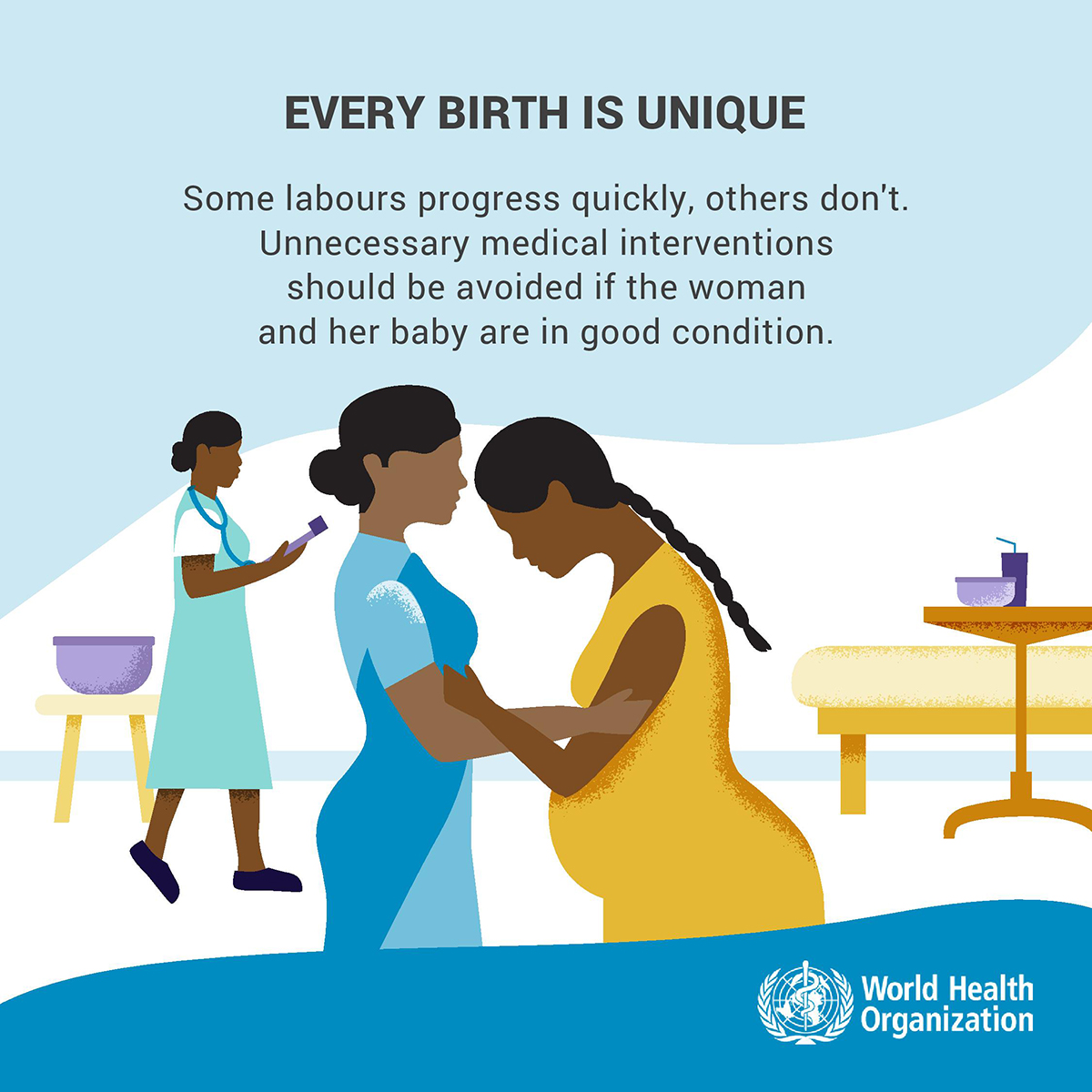Reduce maternal mortality
WHO, UNICEF, UNFPA, World Bank Group and UNDESA
PAHO/WHO - Self-learning
Maternal Mortality in the 2030 Agenda for Sustainable Development
A high number of women die every day due to complications related to pregnancy or childbirth around the world. The World Health Organization (WHO) has defined maternal mortality as "the death of a woman during pregnancy or up to 42 days after the end of pregnancy, irrespective of the length or location of pregnancy, due to any cause related to or aggravated by pregnancy or measures in relation to it, but not due to accidental or incidental causes."
Maternal mortality is a challenge for global public health services, which is why it was included as part of the Sustainable Development Goals (SDGs), as a way of mobilizing the world to combat the death of women from preventable causes related to pregnancy and childbirth. (PAHO/WHO)
Goal 3.1 Reduction of Maternal Mortality
By 2030, reduce the global maternal mortality rate to less than 70 deaths per 100,000 live births. To achieve this rate, it is essential to carry out actions aimed at combating the death of women from preventable causes related to pregnancy, hemorrhage, hypertensive diseases, sepsis and abortion complications.
Documents by theme in the VHL:
Infectious Pregnancy Complications | Pregnancy-Induced Hypertension | Postpartum Hemorrhage | Obstetric Labor Complications | Abortion
Know more
Zero Maternal Deaths by Hemorrhage - PAHO/WHO page
Global Strategy for Women's, Children’s and Adolescents’ Health - UN
Maternal and Perinatal Death Surveillance and Response
Navigating pregnancy during the COVID-19 pandemic: How to protect yourself and your baby
The WHO application of ICD-10 to deaths during the perinatal period: ICD-PM


